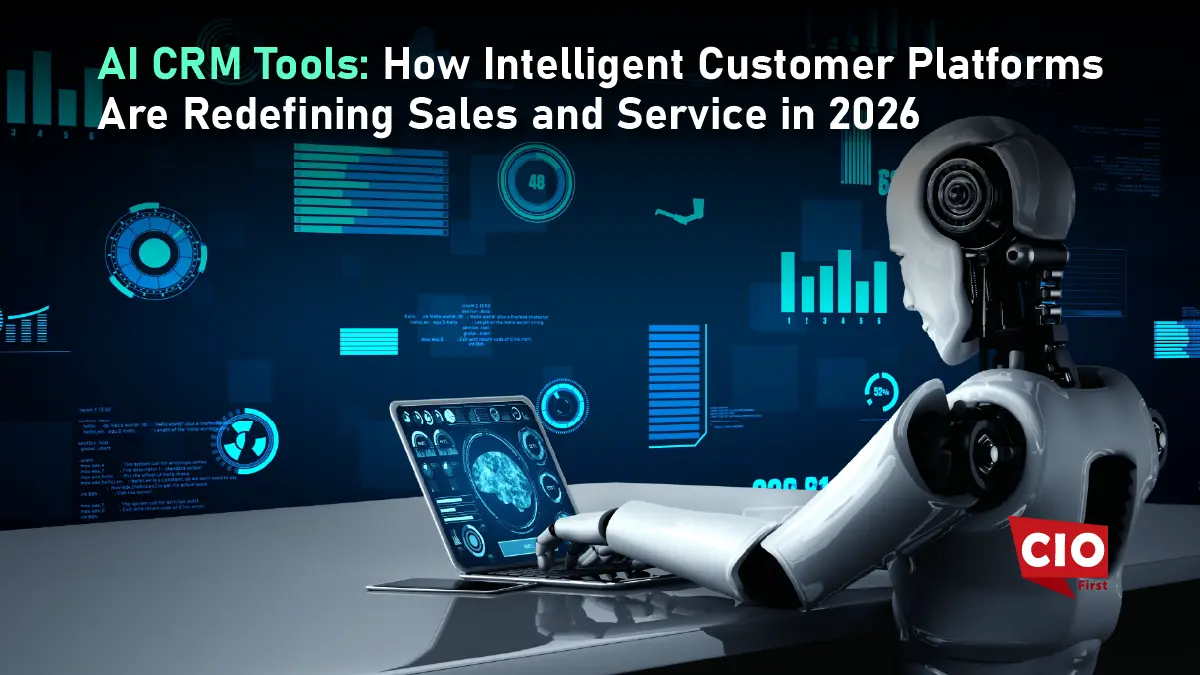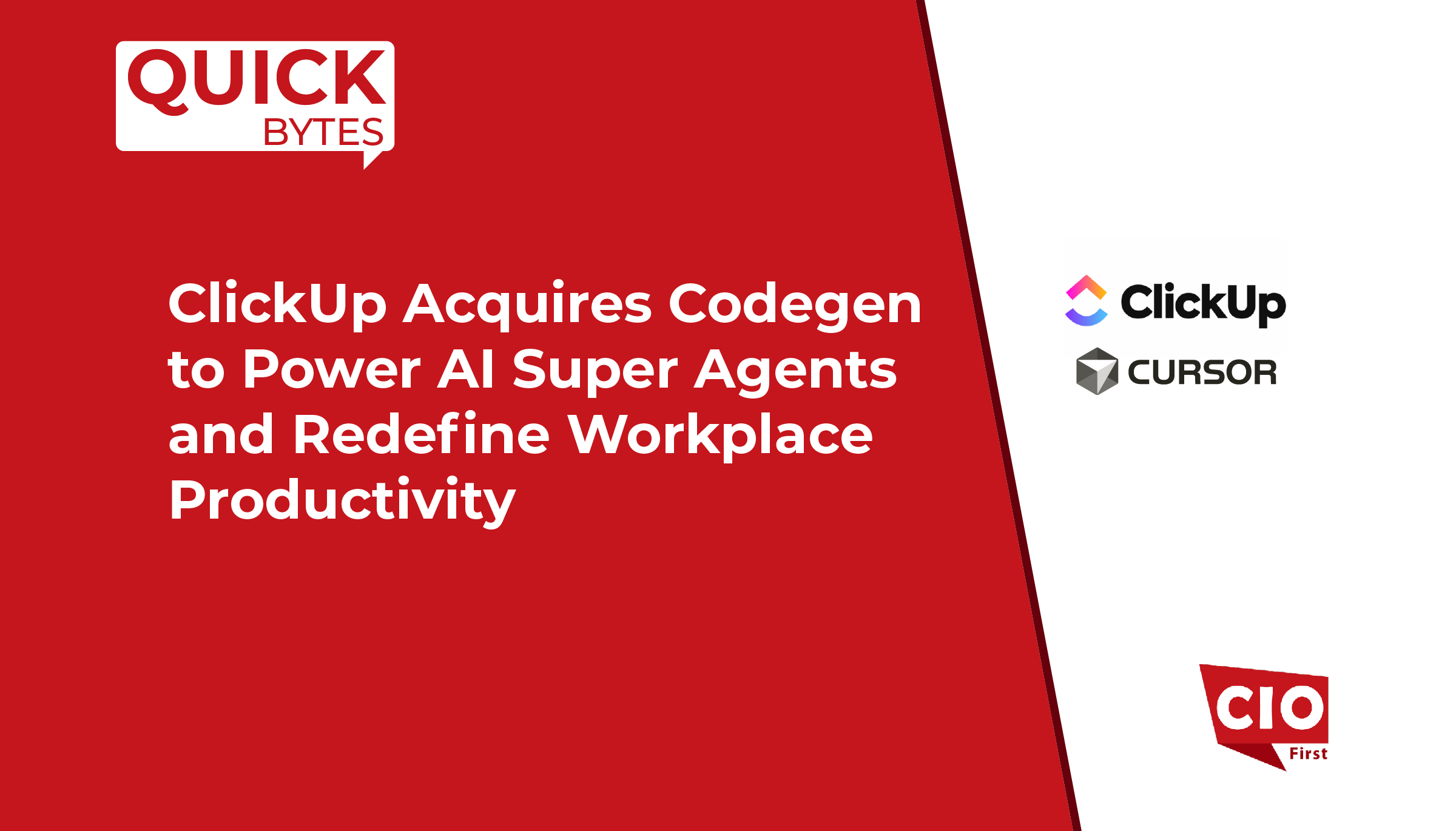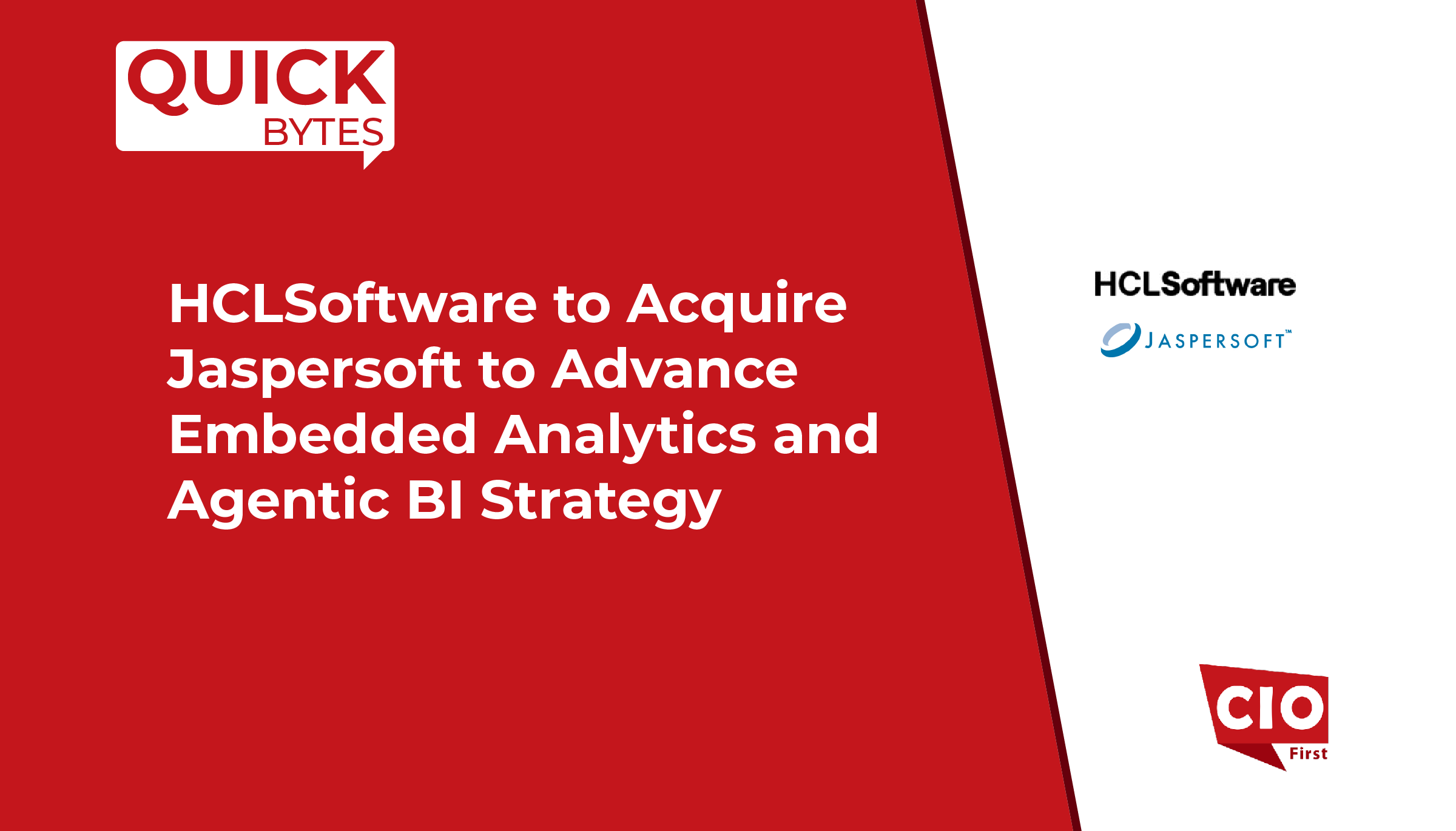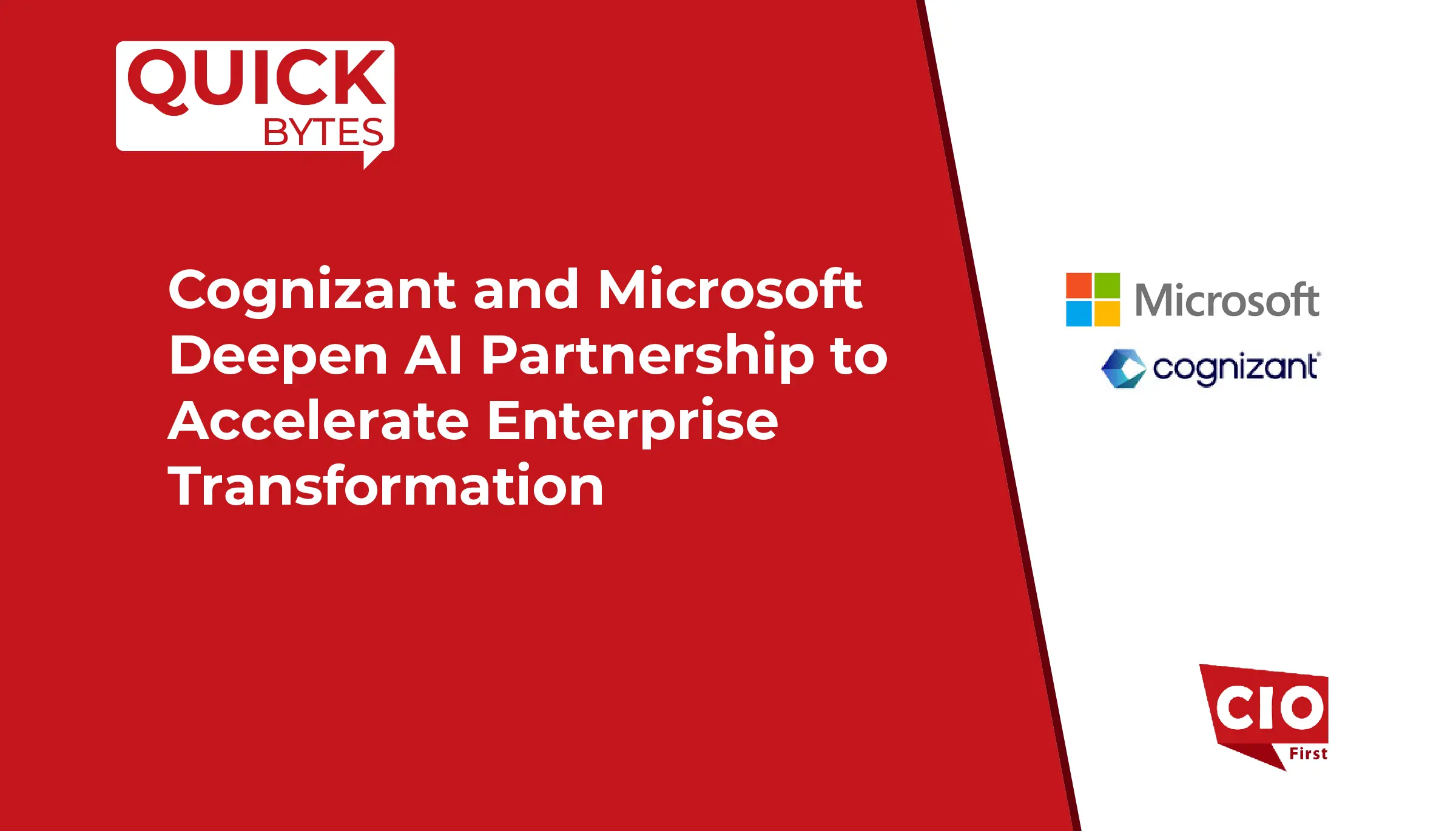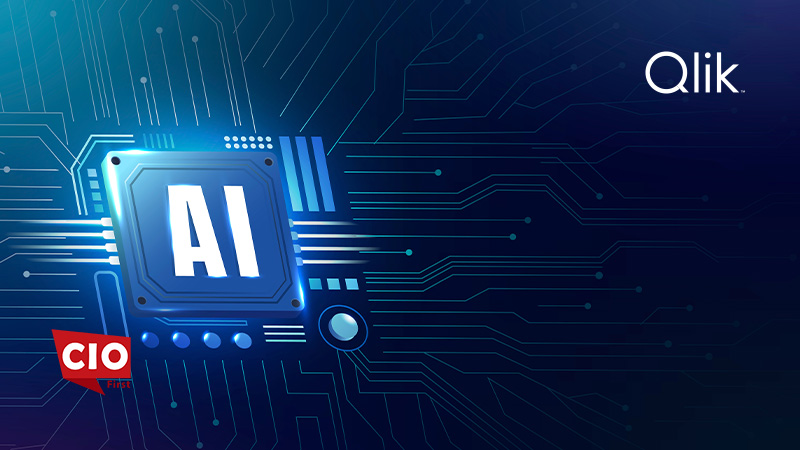Business decision-making increasingly relies on data, yet extracting insights from complex datasets often requires specialized skills. Natural Language Querying (NLQ) allowing users to ask questions of data using everyday language is emerging as a transformative tool. By converting plain-language questions into analytics, NLQ helps leaders in IT and data drive faster insight generation. For example, Snowflake’s Head of AI notes that conversational data agents break down barriers and empower every employee to make faster, smarter decisions with all of their business context at their fingertips. Despite such promise, current AI adoption remains modest. A U.S. National Science Foundation survey found that only about 5% of businesses used any AI in 2021, and just 1% reported AI research activities. This gap highlights both the opportunity and the need for accessible AI tools like NLQ to bring data-driven insight into everyday business operations.
NLQ systems use advanced AI, like large language models, and semantic metadata layers. They help understand user queries. Snowflake’s Cortex Analyst uses AI to turn English questions into SQL queries. This lets users ask about data in a natural way. Similarly, SAP’s Analytics Cloud features a Just Ask interface, it returns clear, trusted results instantly, no technical skills needed, so that users can query data with simple conversational input. In practice, these systems can parse high-level questions and generate visualizations or answers on the fly.
Business Benefits of Natural Language Querying

Natural Language Querying offers several advantages for executive leaders and their organizations:
- Accelerated insights: Business users can obtain answers immediately without waiting for an analyst to code a query. AWS reports that QuickSight’s Amazon Q assistant allows any employee to dive deep into their data with conversational prompts, uncovering trends and recommendations faster than traditional methods. In one example, AWS highlights that complex analyses can be performed up to 10× faster than spreadsheets using natural language input. Faster query cycles mean decisions can be made in hours instead of days.
- Democratized data access: By removing technical barriers, NLQ enables non-technical staff. For example, AWS says Amazon Q helps employees get answers and make decisions faster with plain English questions. ThoughtSpot’s search-driven analytics lets any business person type a Google-like query to explore data and analyze billions of rows in seconds. These systems turn data exploration into a conversation, so analytics is adopted across the organization, not just among data specialists.
- Improved efficiency: Automating query generation frees analysts for higher-value work. SAP reports that intuitive data access can boost knowledge worker efficiency by up to 5% . Snowflake cites a customer example where analytics teams shifted from manual data retrieval tasks to more strategic, predictive, and value-generating work once conversational analytics was deployed. By reducing tedious SQL coding and data wrangling, NLQ enables IT and business teams to focus on interpretation and planning.
- Consistent, trusted results: Properly implemented NLQ maintains data governance and accuracy. Integrating a semantic layer with AI, as in AtScale’s approach, ensures that AI-generated queries adhere to business logic. AtScale notes that its semantic engine infuses AI-generated queries with business logic, reducing ambiguity and increasing consistency for natural language queries.
This means executives receive reliable metrics that align with existing reports. The AtScale–Snowflake integration also claims to produce correct answers in seconds while saving hours on manual SQL verification. In practice, this trustworthiness is crucial for leaders relying on these tools to guide strategy. - Broader data integration: Natural language interfaces connect to many data sources. Snowflake Intelligence can query internal tables, documents, spreadsheets, and images. It inherits all security controls, data masking, and governance policies from the Snowflake environment and unifies sources like Box, Google Drive, Salesforce, and more. By using NLQ to ask questions across multiple datasets, organizations surface insights that span multiple departments. This gives context to strategic decisions across the enterprise.
Also Read: Model Context Protocol: The Missing Framework for Enterprise AI Governance
Industry Adoption and Platform Innovations
Major data and cloud vendors are racing to embed conversational AI in their platforms:
- Amazon Web Services (AWS): AWS introduced Amazon Q within Amazon QuickSight (its BI service) as a generative AI assistant. In its announcement, AWS explains that QuickSight Q’s new capabilities enable any employee to perform expert-level data analysis using natural language. The system provides guided analyses. For example, surfacing hidden trends and recommending actions, based on conversational queries.
AWS highlights that these tools help unlock new insights and allow all employees to ask contextual questions (e.g. forecasting or what-if scenarios) without coding. AWS also underscores enterprise readiness with QuickSight Q, designed with robust security so that customer data is not used to train the underlying AI models. Over 100,000 AWS customers (including Fortune 500 firms) reportedly use QuickSight, indicating broad interest in this technology.
- Google Cloud (Looker): Google has similarly infused its BI offerings with NLQ. In April 2025, Google Cloud announced that Looker users can now leverage conversational analytics to analyze their data using natural language with the Gemini LLM at its core. The launch makes Gemini-powered assistants (Conversational Analytics, Visualization Assistant, etc.) available to all Looker customers.
Google notes that this empowers users across the organization and reduces the burden on data teams by automating insights generation and visual creation. In practical terms, teams can ask Looker questions in everyday language and receive charts or executive summaries instantly. Google also offers a Conversational Analytics API to embed these capabilities in custom apps. This broad ecosystem integration means enterprise developers and BI users alike can tap NLQ.
- Snowflake: The Snowflake data cloud has introduced Snowflake Intelligence and Data Science Agent features (announced mid-2025). Snowflake Intelligence provides a conversational interface powered by AI agents. Snowflake lets users ask questions in natural language. This way, they can quickly find insights from structured tables and unstructured documents. These agents work fully in the customer’s Snowflake environment. This keeps security and governance intact. Snowflake emphasizes that this innovation eliminates operational challenges and democratizes data across the business.
In practice, a business analyst could ask Snowflake Intelligence to pull specific metrics and generate a visualization with one command. Early adopters like WHOOP report that this removes technical hurdles, enabling every employee to access insights without analytics intermediation. Snowflake also notes the platform is powered by LLMs such as Anthropic’s Claude and OpenAI, ensuring high-quality natural language understanding while maintaining enterprise-grade controls.
- SAP Analytics Cloud: SAP’s BI suite includes an NLQ feature called Just Ask. SAP’s official materials describe it as delivering clear, trusted results instantly, no technical skills needed for conversational queries. By letting users ask questions of the underlying data model in plain English, SAP aims to extend analytics use beyond expert analysts. SAP has even quantified the impact: one use case estimates up to a 5% efficiency gain in knowledge work from this intuitive data access. In short, SAP positions NLQ as a way to lower the barrier to analytics and accelerate decision-making across the enterprise.
- ThoughtSpot and Others: ThoughtSpot is a BI vendor built around search-driven analytics. The company emphasizes that any businessperson can use its platform to pose natural-language questions against very large datasets. As ThoughtSpot states, users can type a simple Google-like search in natural language to instantly analyze billions of rows of data and rely on AI to get relevant answers.
This vision treats insights as part of every conversation and every decision within an organization. Other analytics companies (e.g., MicroStrategy, Qlik, IBM Watson BI, etc.) are also adding conversational interfaces or AI agents in their roadmaps. For example, MicroStrategy recently added a chat interface to its HyperIntelligence system to deliver in-context information via conversational requests. Although details vary, the common theme is clear, industry leaders recognize that natural-language interfaces make analytics more accessible and actionable.
These initiatives reveal a clear trend. Data platforms are moving beyond just static dashboards. They use generative AI, search, and agent technologies more and more. This way, business stakeholders, CIOs, CTOs, and front-line managers can easily talk to their data. This change will bring AI into everyday tasks. BI tools will chat like assistants and help with decision-making workflows.
Security and Governance Considerations

For Chief Information Security Officers (CISOs) and risk-oriented leaders, natural language querying brings both opportunities and responsibilities. On one hand, NLQ can accelerate security analytics and monitoring. For example, AWS announced a natural-language query feature for CloudTrail Lake (its log storage). With this feature, security administrators can simply ask questions about log data, such as ‘How many errors were logged during the past week for each service?’ and CloudTrail will auto-generate the appropriate query. In other words, security teams can perform ad-hoc threat investigations through conversational queries, speeding up incident response. Similarly, CISOs at other cloud providers are exploring generative AI tools to help identify vulnerabilities or analyze network events in natural language.
On the other hand, ensuring that conversational analytics does not compromise data security is critical. Vendors are building governance into their NLQ solutions. AtScale points out that its semantic layer offers strong governance. This includes object- and row-level security. As a result, AI-generated queries can only access approved data. Snowflake states that Snowflake Intelligence handles security controls, data masking, and governance policies. This means the same compliance rules apply to queries made by AI agents. AWS guarantees that QuickSight Q won’t use customer inputs to train its models. This ensures data privacy.
For CISOs, key considerations include data access controls, audit trails, and model management. Because NLQ systems interpret user requests via LLMs, leaders must verify that sensitive information isn’t leaked and that automated queries remain within compliance boundaries. In practice, this means extending governance frameworks to cover AI interfaces. Industry guides and government agencies (e.g., NIST) are beginning to outline best practices for secure AI operations. The early integrations of NLQ into security products like AWS’s CloudTrail feature are promising examples of how organizations can safely leverage AI for both analytics and security, provided proper oversight and controls are in place.
Challenges and Future Outlook
Natural language querying is powerful, but not without challenges. One issue is ambiguity and accuracy: user questions may be vague or context-dependent, and AI-generated queries must interpret intent correctly. If a business user asks Show growth last quarter, the system must decide which metrics and filters to apply. Semantic layers and business-friendly data models help reduce such ambiguity. AtScale’s solution, for instance, uses curated semantic models so that the AI-generated SQL aligns with the enterprise’s definitions. Without such alignment, NLQ could yield inconsistent or misleading results.
Another challenge is data complexity and coverage. Extremely complex queries or highly technical analyses may still require traditional BI skills. NLQ works best for clear, slice-and-dice questions, summaries, and common analytics tasks. Very specialized reporting or novel metrics might need fallback to analysts. This means organizations should view NLQ as complementary, not a total replacement for data teams. However, by handling a large volume of routine queries, NLQ tools can free analysts to focus on advanced analytics, AI modeling, and strategy.
Looking forward, conversational analytics will likely expand in capability. Vendors are combining NLQ with generative AI in creative ways (e.g. automatically generating slide decks or presentations from data). Google’s new Looker feature, for example, can not only answer questions but also automatically create reports and slides with narrative summaries from a data query. More broadly, AI agents that converse with data and even perform multi-step tasks are on the horizon. These may enable true voice-driven analytics assistants on the enterprise level.
For business leaders, the key takeaway is that NLQ is part of the ongoing AI transformation of BI. Although overall AI adoption in companies has been slow, the pace of product development suggests a tipping point is near. Companies that invest in conversational analytics now and integrate NLQ into their data strategy and governance will gain an advantage. As AI evolves, giving users the ability to ‘talk to’ data will make organisations more agile, informed, and innovative.
Conclusion
Natural language querying is reshaping how organizations interact with data. NLQ tools make complex queries simple. This helps business leaders get quick answers. They can act on insights without needing expert coders. Official sources from leading vendors emphasize these benefits. For example, Snowflake touts conversational AI that empowers every employee to make faster, smarter decisions, and AWS highlights that employees can become their own data analysts through natural language interfaces. Government statistics underscore the potential impact, as AI remains nascent in many firms, these user-friendly interfaces could dramatically increase uptake of data-driven practices.
For CIOs and CTOs, the imperative is clear, evaluate and deploy NLQ-enabled analytics platforms as part of the data modernization roadmap. These tools align with broader trends in generative AI and cloud services, and they promise measurable efficiency and agility gains. CISOs and Chief AI Officers must ensure that such deployments include robust data governance and security controls, leveraging the built-in safeguards mentioned in vendor releases.
Allowing data to be queried by voice or text in natural language means AI is moving from backend processing to the front line of decision-making. Enterprises that adapt quickly can reduce manual analytics work and produce reliable insights in seconds. In this way, talking to data is becoming a critical capability, one that enables faster, smarter business decisions and helps translate AI’s promise into tangible business value.














